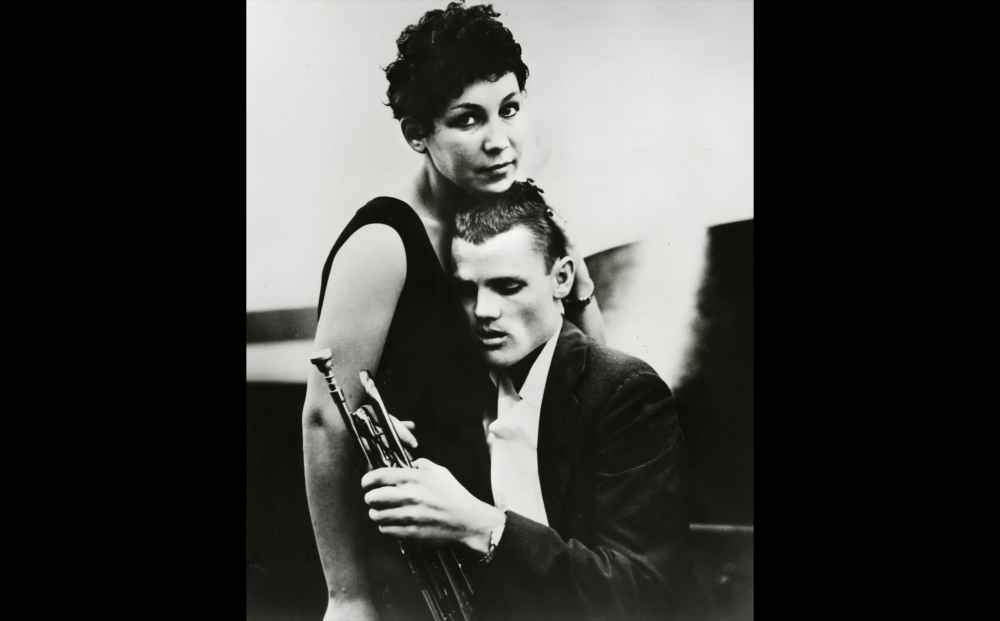Bruce Weber’s
LET’S GET LOST
NEW 4K RESTORATION
U.S., 1988
Written and directed by Bruce Weber
Music by Chet Baker
Cinematography by Jeff Preiss
Approx. 120 min. DCP.
A James Dean look alike pretty boy whose jazz trumpeting and melancholy epitomized ’50s cool, Chet Baker had become, when famed photographer Bruce Weber finally caught up with him after three decades of fandom, an alcoholic and a junkie, whose petulantly angelic looks peeping out from behind a gaunt, valleyed and crevassed face could have starred for Sam Peckinpah. Two visually stunning and musically moving hours with the iconic jazz trumpeter in the most romantically erotic jazz documentary ever made, shot by D.P. Jeff Preiss in stark, brooding film noir black & white. Shifting back and forth from past to present, from Baker’s breakout performance and his controversial “doomed youth” years, to his poignant late-career decline and struggles with addiction, LET’S GET LOST forms a dreamy, improvisational quality offering a rare, behind-the-scenes glimpse into the decadent life of jazz music’s original bad-boy.
Interviews with musicians (including Frank Strazzeri, John Leftwich, Ralph Penland, and Nicola Stilo), as well as Baker’s friends, ex-wife (a former British show girl who had dated Terence Stamp), and three children, are interspersed with evocative photo montages of William Claxton’s iconic ’50s photo sessions, clips from old movies featuring young Chet, and rare performance footage, capturing a man whose “frosty hipness was, in the ’50s, considered a sexy alternative to that era’s prevailing ethos of earnest, striving respectability.” – Terrence Rafferty, The New York Times
A KINO LORBER RELEASE
Restored by Cineric, New York City from a 16mm reversal original of the film, Supervised by Bruce Weber.
Reviews
“MAGICAL. Weber's visual intuitions are as lyrical and right as Baker's musical instincts.”
– Pauline Kael, The New Yorker
“Hauntingly beautiful… redolent of both contemporary notions of glamour and of the late-1950’s jazz mystique.”
– Janet Maslin, The New York Times
“About the nature of cool… a romantic valentine to the ’50s.”
– J. Hoberman, The Village Voice

